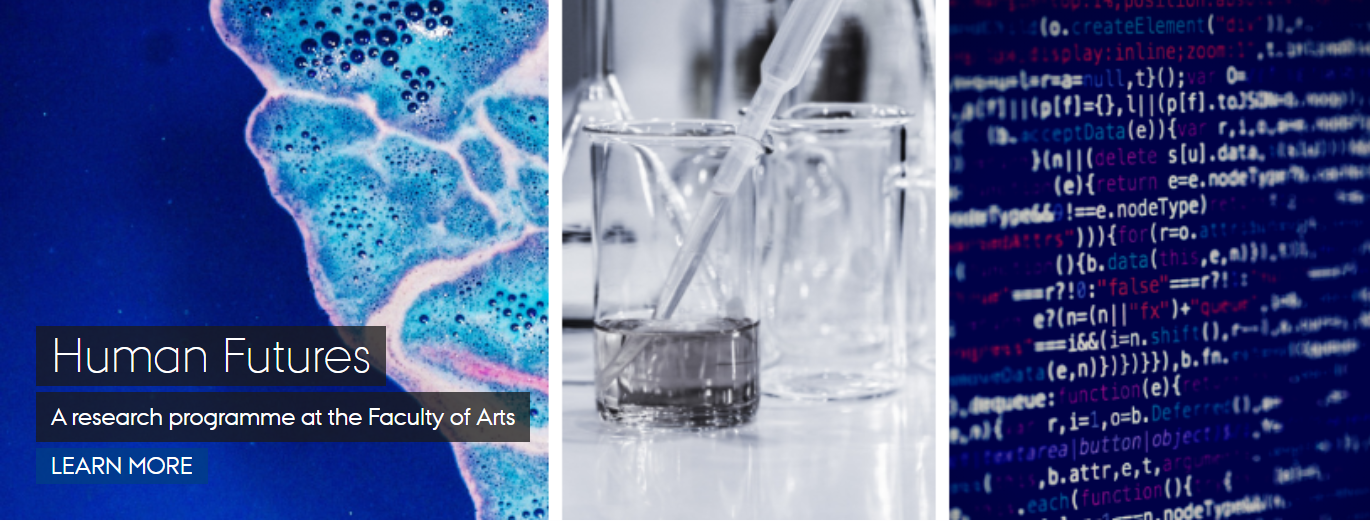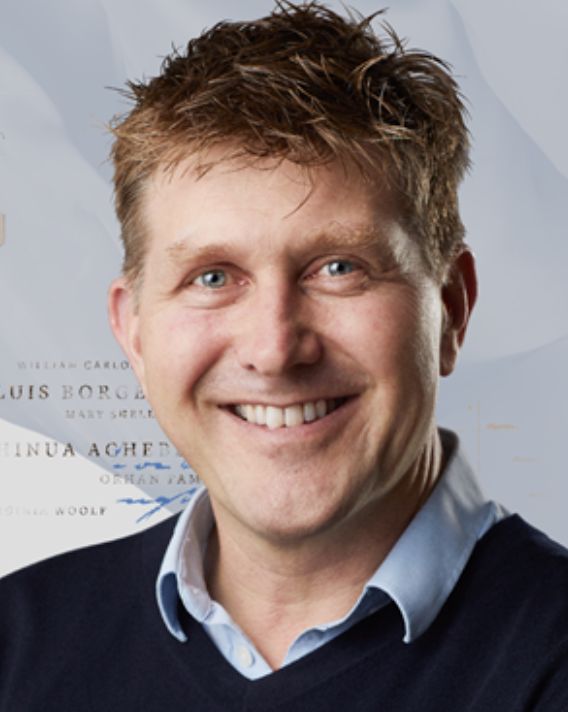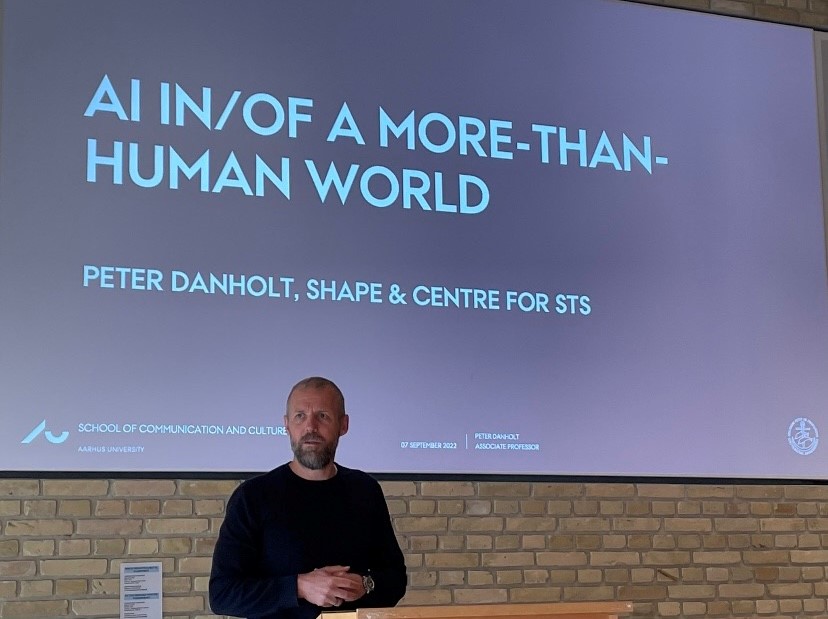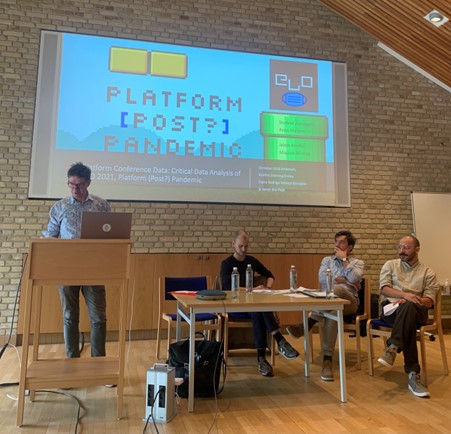SHAPE collab: Human Futures research programme
Collaboration is fundamental at SHAPE: Besides external collaborations, SHAPE has many collaborators within research environments across AU, including the research programme Human Futures, which has organized several research activities around AI in collaboration with SHAPE.




Since 2016, the Arts faculty research programme Human Futures has organized a wide range of collaborative research activities concerned with technologization from a humanities perspective. The research programme rounded off ultimo 2022 with a series of activities dealing more specifically with artificial intelligence and machine learning (AI/ML) supported by SHAPE. Research programme director, Mads Rosendahl Thomsen, reports on Human Futures’ concluding activities and an interdisciplinary focus on AI within the humanities in the following.
Who are you, and what is your professional background?
I'm a professor of Comparative Literature at the School of Communication and Culture at AU. I have been part of several projects on digital methods within the humanities, e.g. Digital Literacy and Digital Curriculum.
What has been the aim of the Human Futures research programme, and in what way is it related to SHAPE’s work?
Together with Cathrine Hasse (professor of Educational Anthropology), Johanna Seibt (professor of Philosophy) and Jacob Wamberg (professor of Art History), I led the Human Futures research program, a project investigating the relations between human and technology from the perspective of a broad range of humanities disciplines. The core of the project was related to research projects concerning robot technology and imaginations of human development through technology.
What activities have you been able to develop as a result of the collaboration with SHAPE?
From 2019 onwards, we organized part of Human Futures more specifically around AI and machine learning. Through the collaboration with SHAPE, we were able to organize several events in relation to the closing of Human Futures in the autumn 2022, including conferences on AI and creativity, AI and the welfare state and more generally on AI and the humanities.
Now that Human Futures has come to an end, will parts of the project continue to influence your research?
I am very interested in automated text generation, which will have a huge impact on so many areas. After 6.000 years with writing being solely a human domain, we will experience more and more that computer assistants will be doing the writing and translation, and we can no longer be sure whether text is written by humans. The immense interest in ChatGPT stresses that these are technologies with many capacities and that there is a great demand for them.
